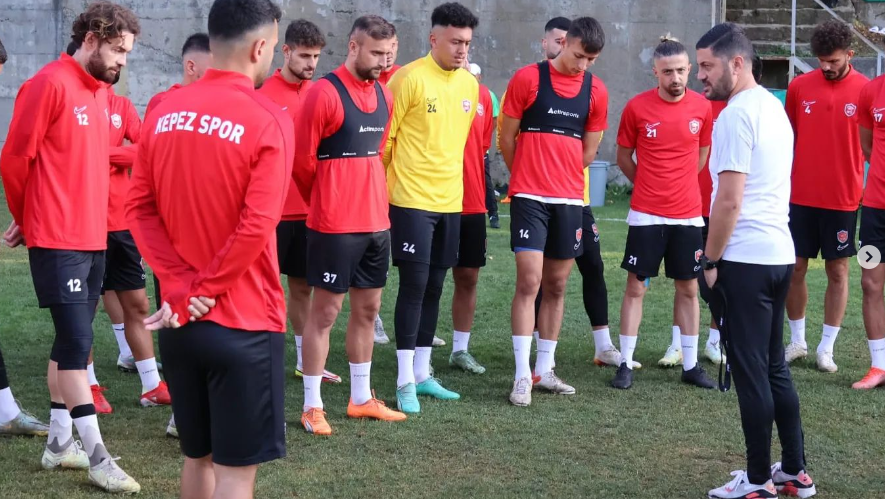Introduction
In modern football, data-driven decision-making is transforming the way teams train, strategize, and evaluate player performance. One of the most significant advancements in sports technology is GPS tracking, which provides invaluable insights into an athlete’s workload, movement patterns, and physical output. This article explores how GPS technology is revolutionizing football and why it has become a game-changing tool for performance analysis.
The Role of GPS in Football
1. Tracking Player Movement
GPS sensors track an athlete’s speed, distance covered, acceleration, and deceleration. This data helps coaches and analysts understand how players move on the field and optimize tactical strategies accordingly.
2. Monitoring Workload and Fatigue
By analyzing metrics such as total distance covered, high-intensity sprints, and heart rate data, GPS technology enables teams to monitor player workload and prevent overtraining, reducing the risk of injuries.
3. Enhancing Tactical Analysis
GPS data helps coaches assess how effectively players maintain their positions, execute pressing strategies, and transition between defensive and offensive plays.
4. Injury Prevention and Recovery
GPS tracking allows medical and coaching staff to monitor an athlete’s fatigue levels, helping them tailor recovery protocols and reduce the likelihood of soft-tissue injuries.
Key Metrics Captured by GPS in Football
- Total Distance Covered – Measures the workload distribution throughout the match.
- Sprint Count and High-Speed Runs – Tracks explosive movements essential for attacking and defensive plays.
- Acceleration and Deceleration Rates – Assesses the player’s ability to change pace and direction efficiently.
- Heat Maps – Visual representations of player positioning and movement during a game.
- Heart Rate and Load Metrics – Helps in understanding an athlete’s physiological response to training and match conditions.
Benefits of Using GPS in Football Performance Analysis
1. Data-Driven Coaching Decisions
GPS data provides objective insights, allowing coaches to make informed decisions on player selection, substitutions, and tactical adjustments.
2. Individualized Training Programs
Every player has unique physical demands. GPS tracking helps design personalized training plans tailored to an athlete’s specific workload and recovery needs.
3. Optimizing Team Fitness Levels
By continuously monitoring training intensity and match performance, teams can ensure players peak at the right moments of the season.
4. Competitive Advantage
Teams leveraging GPS data can gain a tactical edge over opponents by understanding player movements, fatigue levels, and efficiency in executing game plans.
Conclusion
GPS technology has revolutionized football by providing actionable insights into player performance, workload management, and injury prevention. As the sport continues to embrace data-driven innovation, GPS tracking will remain a cornerstone in optimizing athlete performance and enhancing team strategies.



